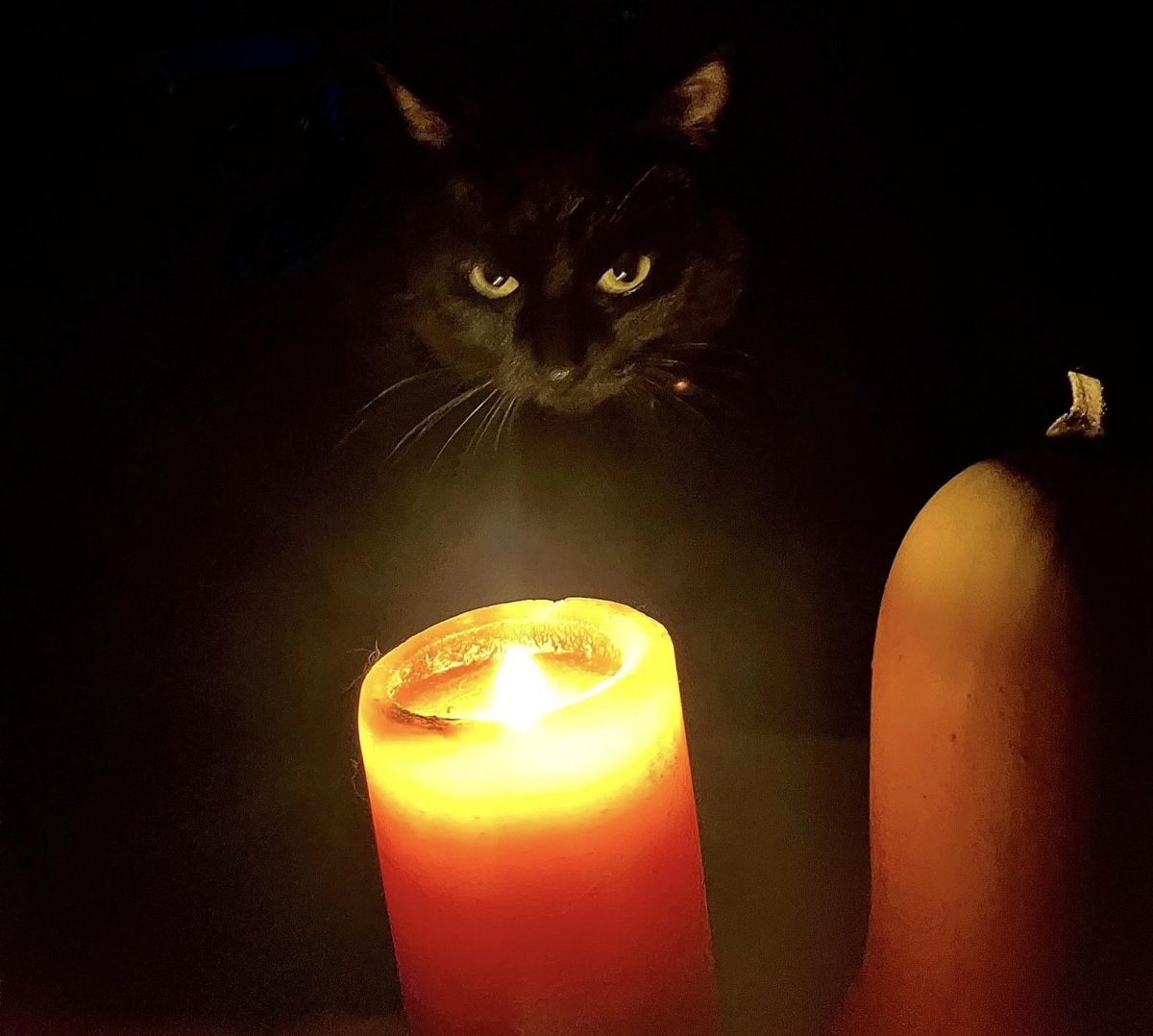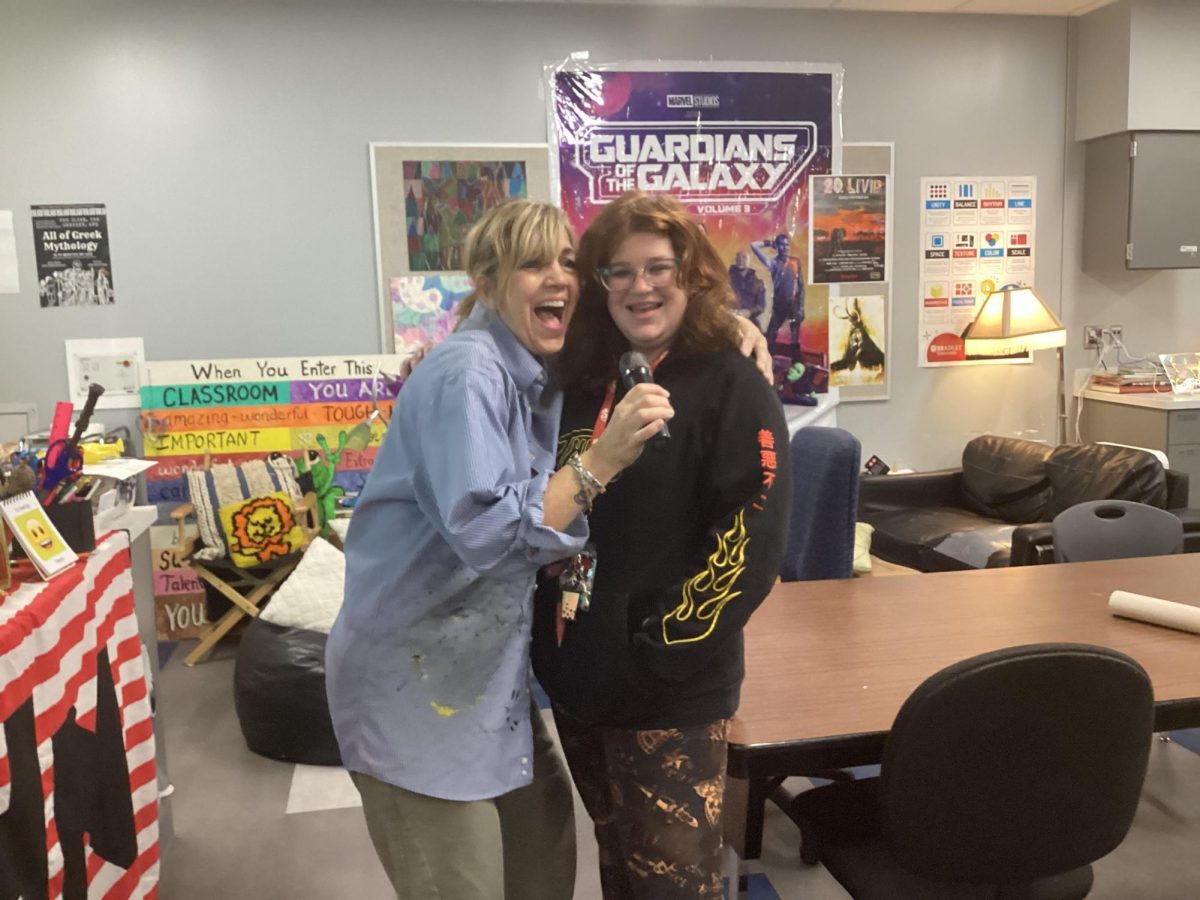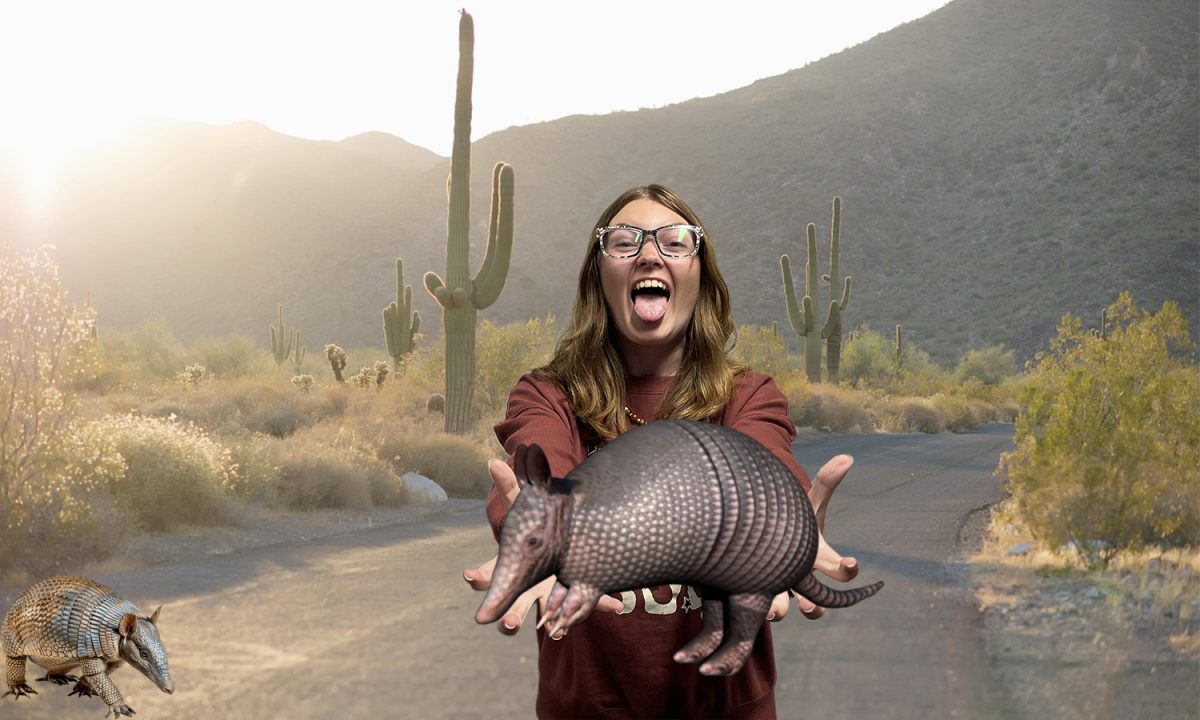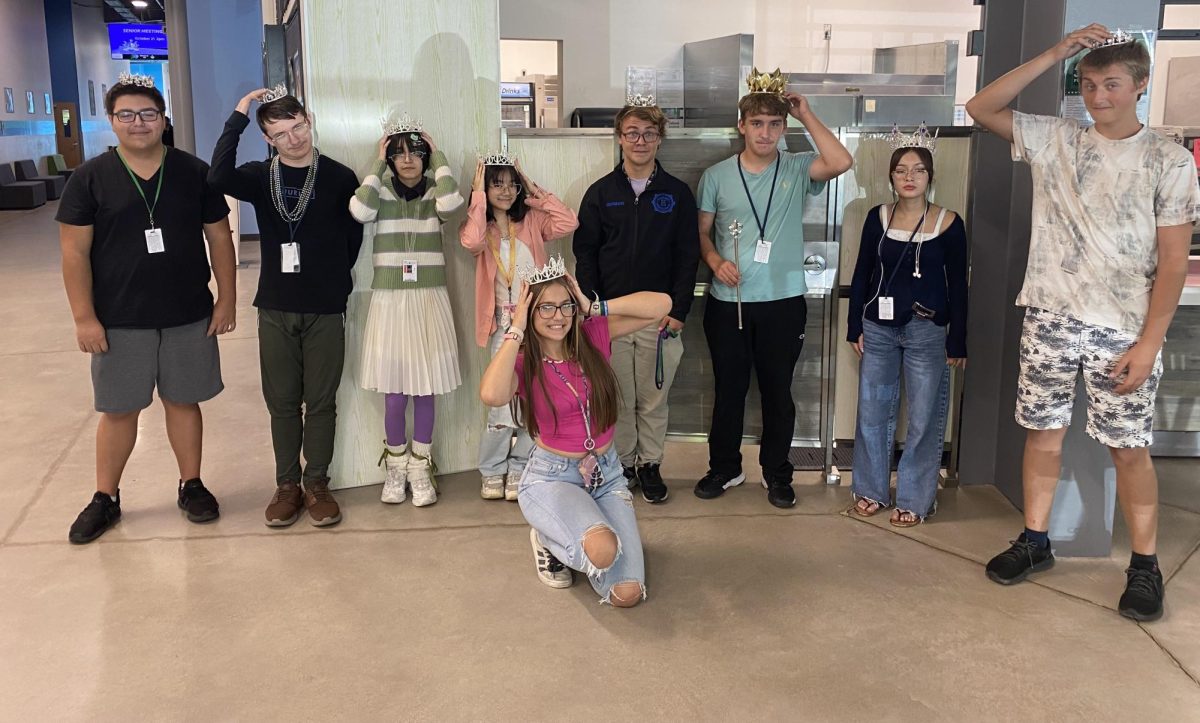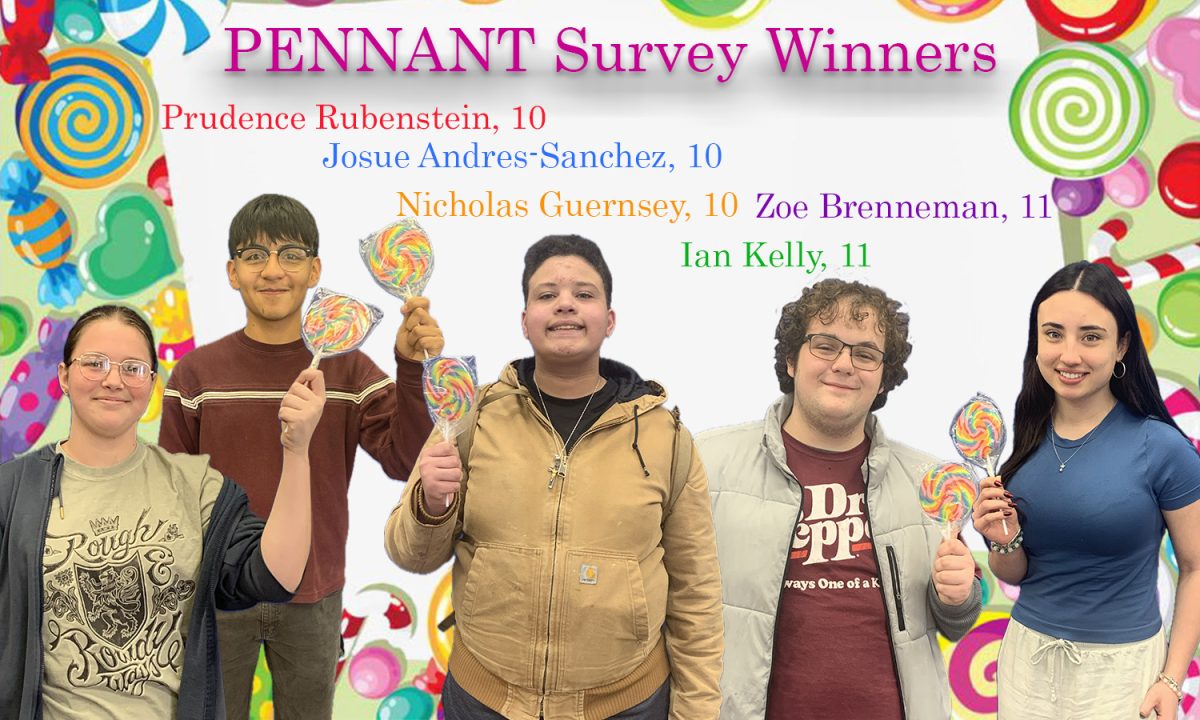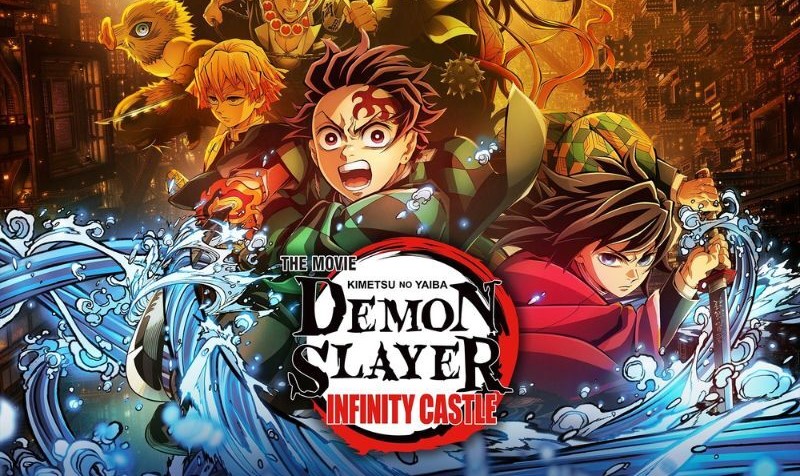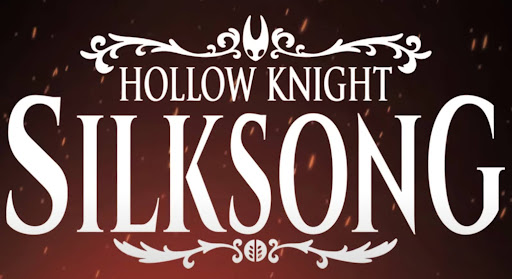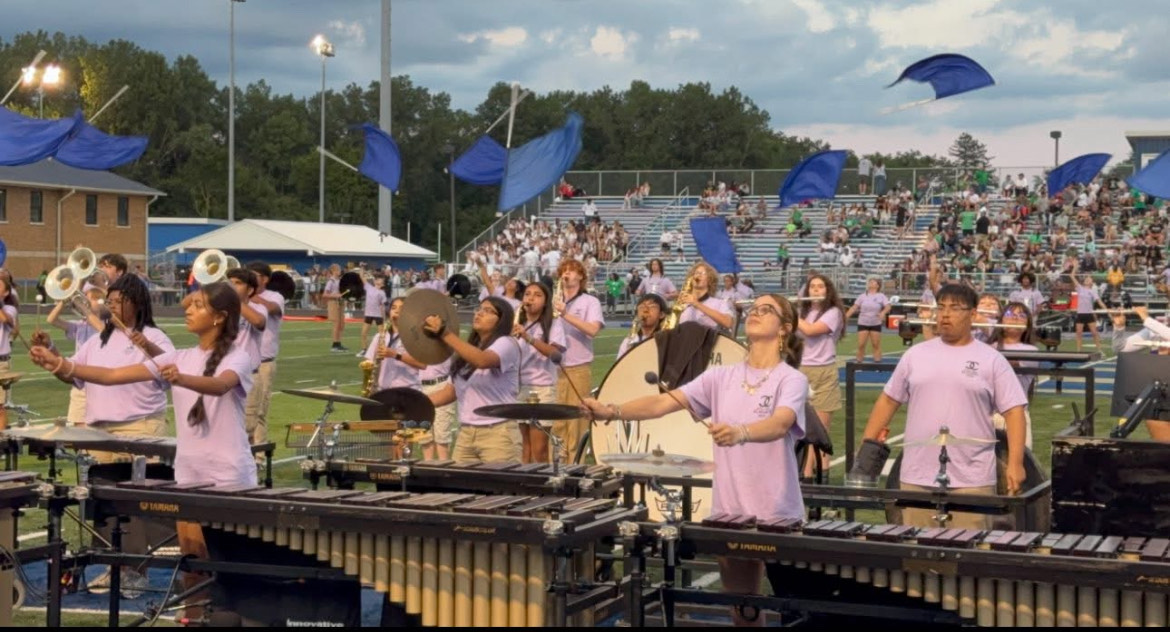Halloween is perhaps the most infamous of October’s holidays…and fall traditions in general.
But, where and when exactly did the holiday originate? The answer is based in tradition, of folk who aren’t often thought about in the United States: the Celts.
Their ancient festival known as Samhain—pronounced Sau-win—is where Halloween is rooted. However, the question still remains: How did it morph into modern Halloween?
The ancient celebration was a festival of sorts, not like the door-to-door holiday known today, although that practice did come about later. The festival itself was the final of four major Celtic festivals, with Samhain being celebrated between Oct. 31- Nov. 1, hence the modern time frame in which Halloween lies.
As with all Celtic festivals, Samhain marked a particular time of change, especially in nature. Tara MacLeod, an Associate Professor of Irish Literature and Language at Notre Dame, states that the festival was “the beginning of the end of light, and the beginning of darkness.”
Thus, a special part of the festival were the bonfires, often lit up in the middle of communities. MacLeod notes this: “The community would light the fire, and I think they still in some areas have the bonfires. The fires,” she further explains, “are to ward off the evil spirits for the coming year.”
Of course, with this mention of spirits, ghosts were a particular focus of the festival–often relating to the Celtic concept of the “Otherworld,” a realm of deities and maybe even the dead in Celtic mythology. Samhain was a time where the veil between the human world and the Otherworld was “very thin, and so people could kind of go back-and-forth between this world and the other world,” according to MacLeod.
During this time, there was also the belief that the dead could come back, especially dead relatives and friends. MacLeod states in relation to this that “they could possibly come back in a different form, so they could come back in the soul of an animal, especially black cats, which is why black cats are very associated with Halloween.”
Black cats in many cultures are a symbol or a sign of the supernatural; however, contrary to a lot of popular superstitions—admittedly by the Catholic Church—they were seen as actually a sign of good fortune, with some Celts (like the Welsh) considering them to “bring luck to a home and could even be a reliable weather predictor,” according to carnegiemnh.org
However, not only could deceased family and friends come back from the dead during Samhain, but so could evil spirits. MacLeod points out that, due to this, “people dressed in elaborate animal skins and animal heads to hide their identity.” One such tale of an evil spirit returning is the tale of the Hero Fionn and the demon Aillén. For 23 years, the fire-spewing demon would return every Samhain to burn Tara, until Fionn eventually defeated him.
Admittedly, Samhain itself is drastically different to modern Halloween; however, there are still practices that clearly go on today. Black cats remain as a symbol of Halloween, as do spirits and dressing up. But, what of “pumpkins”?
Originally, it wasn’t even pumpkins! MacLeod confides that “it was a turnip or rutabaga” instead, with pumpkins coming along much later with the introduction of Christianity to the Celtic world.
While the church never directly outlawed or heavily changed the festival, it still did cause parts of the celebration to begin to morph. The name, for example, morphed several times: from Samhain, to All-Souls-Day, and eventually to Hallow’s Eve, which is Halloween.
This is likely where Jack-O-Lanterns started to pop, as well…not as pumpkins quite yet, but as carved turnips and rutabaga. The original tale, as told by MacLeod, is that they were “named after a blacksmith called Jack. When he died, he was denied heaven, so he was condemned to walk the earth for eternity. And so, the only thing he asked from the devil was some light, and he was given an ember. He put the ember into a rutabaga.”
Trick-or-treating seemed to also pop up during this time–originally being people, usually the poorer, asking around for food and kindling from the richer. Said kindling would be used for the bonfires, as would the food for celebrations. The tradition managed to carry over to America, although it obviously has managed to lose much of the original aspects, such as the bonfires.
Despite its ancient roots, the original Samhain has never really seemed to die out. In Ireland and other Celtic and Gaelic communities, more of the very traditional practices still remain, even in the widely Christian areas.
“We still kind of think of things like the gods of the sea,” Macleod explains. “We think of these things as having their own power separate from Jesus.” This is in relation to the blend of modern Christianity with the traditional Pagan beliefs of the Celtic and Gaelic peoples.
Such Neopagan groups as Wiccans also celebrate Samhain, albeit with their own twist on it–with Wiccanism itself seeming to borrow a great deal from ancient Celtic celebrations, despite being a very modern religion that only started popping up in the 20th Century.
Halloween and its past are shaped by a mix of both tradition and influence, as well as a celebration of spirits and death. While there are myriad differences between ancient Samhain and modern Halloween, they’re ultimately two forms of the same celebration…although separated by time, culture, and religion.







